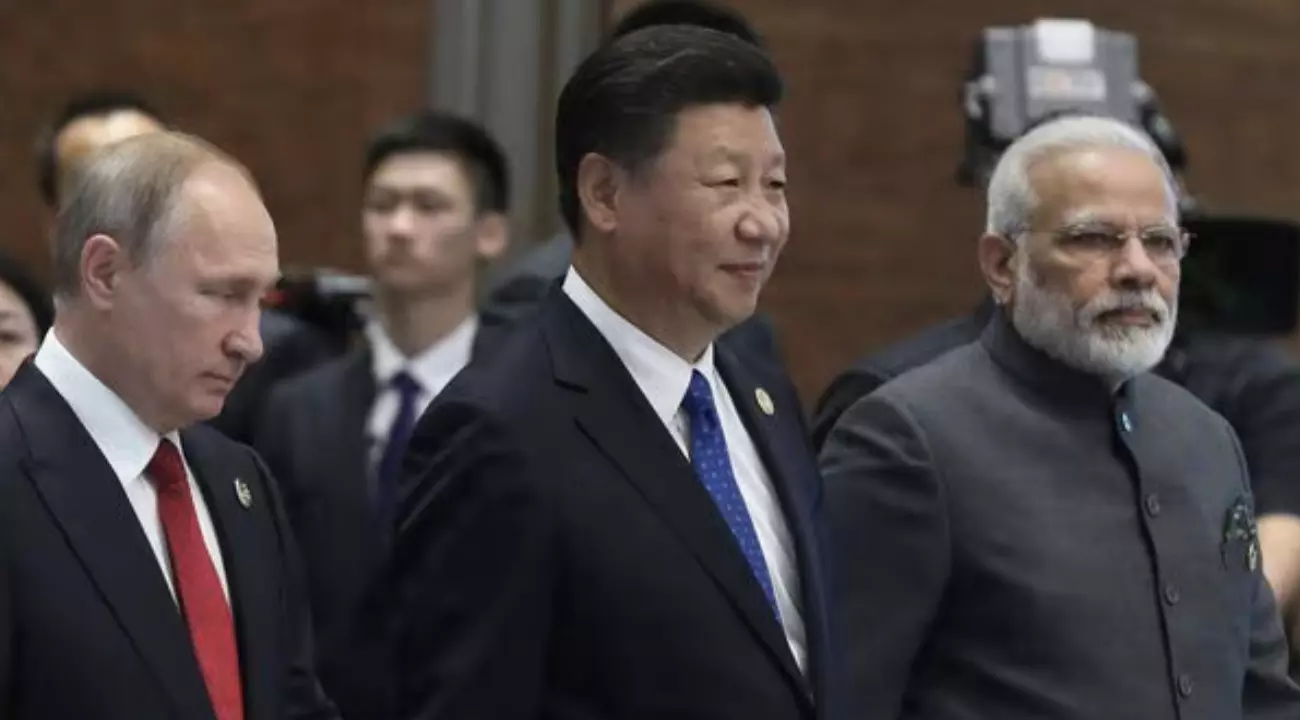India may join Russia and China in ambitious lunar nuclear power plant project
India may join Russia and China in ambitious lunar nuclear power plant project

A groundbreaking collaboration between Russia and China aims to build a nuclear power plant on the Moon, with potential involvement from India. This project focuses on creating a stable power supply for future lunar settlements, with the initial missions scheduled for 2026 and completion targeted by 2028.
International Collaboration for Lunar Settlement
Russia and China are leading efforts to establish a nuclear power plant on the Moon. According to the Russian news agency TASS, India is also considering joining this significant venture. Rosatom, Russia's state nuclear corporation, is spearheading the project to install a compact nuclear reactor on the Moon capable of generating up to half a megawatt of power.
Alexey Likhachev, chief of Rosatom, highlighted the project's international appeal during a recent lecture. He mentioned that the Chinese and Indian partners are keenly interested in this initiative, which aims to lay the groundwork for several international space projects.
India's Potential Role
While the Indian government and the Indian Space Research Organisation (ISRO) have not yet commented on the matter, the possibility of India's involvement in this lunar project has sparked significant interest. Nuclear energy's reliability, especially during the Moon's extended 14-day night periods when solar power is unavailable, makes it a crucial component for sustaining long-term human presence and scientific research on the lunar surface.
Strategic Significance and Future Missions
In March 2021, Russia's Roscosmos and China's CNSA signed a memorandum of understanding to collaborate on the International Lunar Research Station (ILRS). This collaboration includes three Chinese missions—Chang'e 6, Chang'e 7, and Chang'e 8—which will test key technologies and lay the foundation for a robotic base. The first mission is slated for 2026, with project completion expected by 2028.
Challenges and Opportunities
For India to join this lunar nuclear plant initiative, several factors must align, including diplomatic relations, financial investment, and technological expertise. Despite existing geopolitical tensions, collaboration on this project could serve as a platform to improve bilateral relations and yield significant benefits for all parties involved.
An international agreement detailing responsibilities, liabilities, and operational procedures will be essential for the project's success. While Russia plans to deploy a reactor by 2036, and India aims to establish a lunar base by 2050, the alignment of these timelines will be crucial for effective collaboration.
This ambitious project, if successful, will mark a significant milestone in international space cooperation and the future of lunar exploration.

